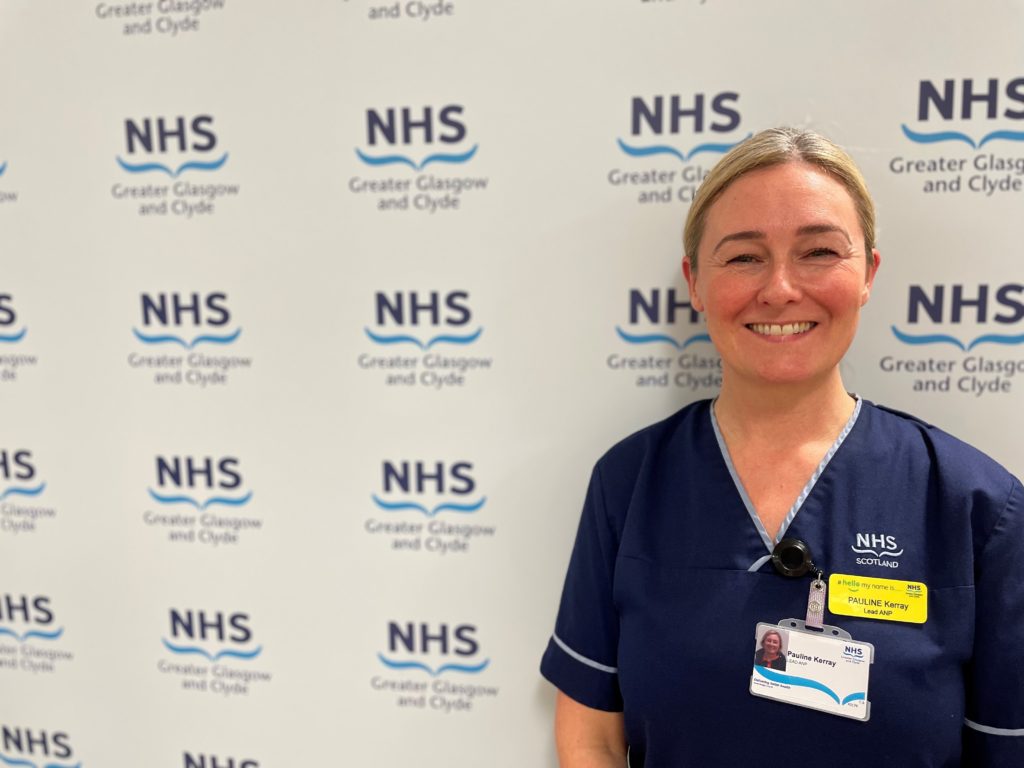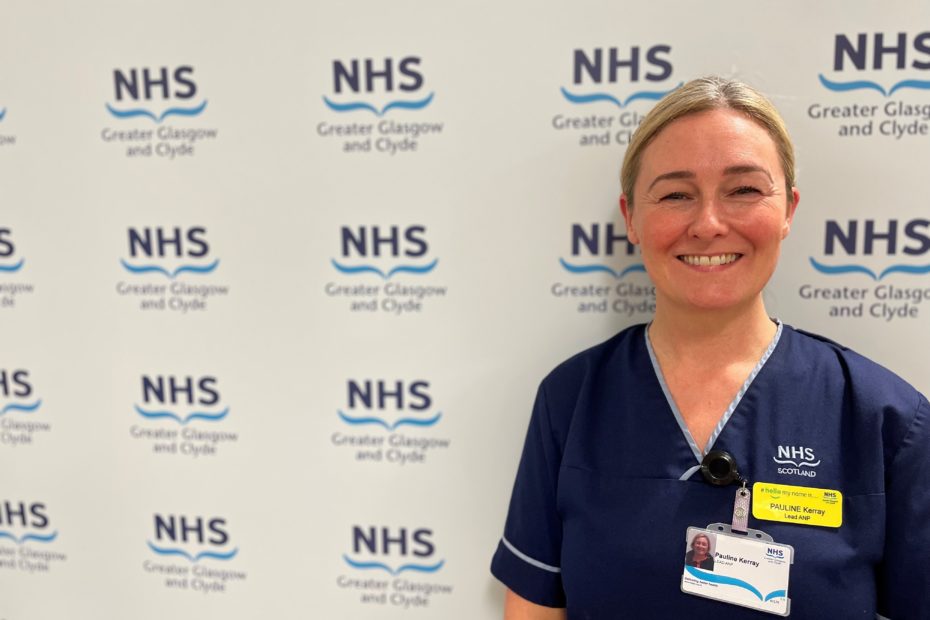
More than 25,000 patients have now benefitted from NHS Greater Glasgow and Clyde’s (NHSGGC) virtual A&E service.
The Flow Navigation Centre (FNC), which is staffed by emergency care practitioners, provides patients with urgent telephone and video consultations, giving them direct access to clinicians without having to attend a physical A&E.
The service, which forms part of the Health Board’s redesign of urgent care, now sees upwards of 1,300 patients per month receiving consultations from the comfort of home. It operates from 10am – 10pm every day.
Accessible by calling 111, the FNC team provides advice and treatment on a vast range of illnesses and injuries. Around one-third of patients who speak to the FNC team avoid a physical trip to an A&E or MIU altogether following their consultation, while others receive a scheduled arrival time at an MIU which helps minimise any waiting time at hospital. The remainder are either referred directly through to specialist services for their conditions, bypassing A&E altogether, or, are signposted to a more appropriate service, which might include a pharmacy or GP.
Pauline Kerray, Lead Advanced Nurse Practitioner based at the Flow Navigation Centre, said:
“It’s no secret our A&Es are extremely busy right now. Our FNC is here to provide patients with another way to access urgent without first making a physical trip to a busy hospital. They’ll get to speak to a clinician faster, and if required we can refer them onto specialist pathways so they get the right type of care for their requirements. For many people, it’s a far more convenient option.
“We continue to urge anyone who thinks they need to attend A&E to look at using the virtual A&E as a first port-of-call unless it’s very urgent or life-threatening. You will most likely be seen faster and get the right type of care for your needs.”
Scott Davidson, Deputy Medical Director for Acute services across NHS Greater Glasgow and Clyde added:
“While the FNC is not a silver bullet nor will it be suitable for everyone, it provides another way to speak to an emergency clinician. For many people, this will result in the same level of treatment without having to travel any distance – potentially helping save money on taxis, cars, and public transport. We expect it will also start easing pressure on our physical A&Es as the public becomes more familiar with the service, and makes the choice to use it first, ahead of making a trip to hospital.”
What type of injury and illness should patients call 111 to access the Flow Navigation Centre with?
The FNC treats patients for any urgent condition which they would otherwise go to an A&E for (other than life-threatening). Examples include:
- Any limb injuries: shoulder, elbow, wrist, hand, hip, knee, ankle, foot
- Minor head injuries
- Chest injuries and back injuries
- Falls
- Accidental overdoses
- DVT
- Cellulitis
- Foreign bodies in the ear, nose, eyes, under the skin
- Back pain
- Gynaecology and early pregnancy problems
- Burns
- Wounds
- Suture (stitches) problems
- Dressing issues
ENDS

